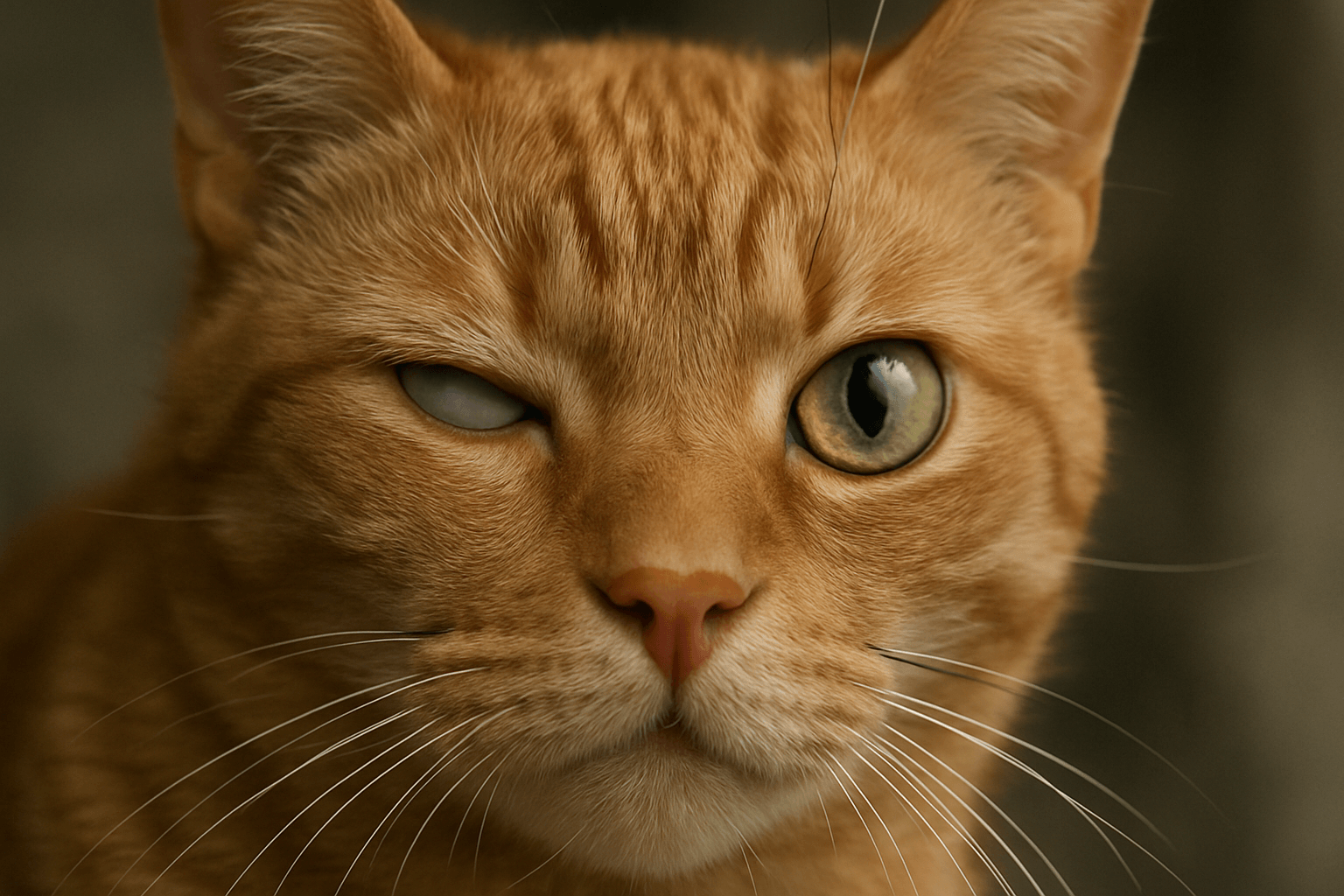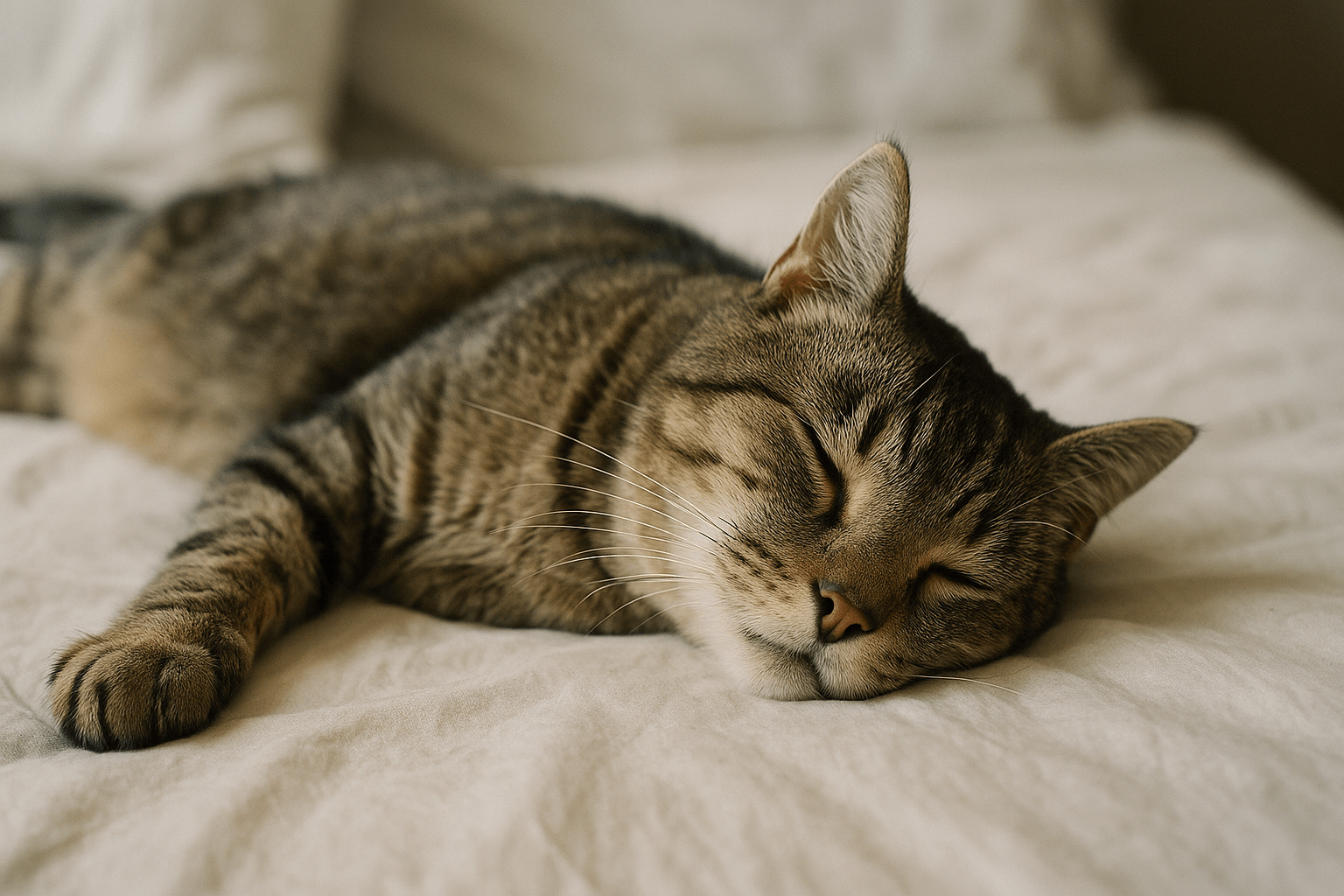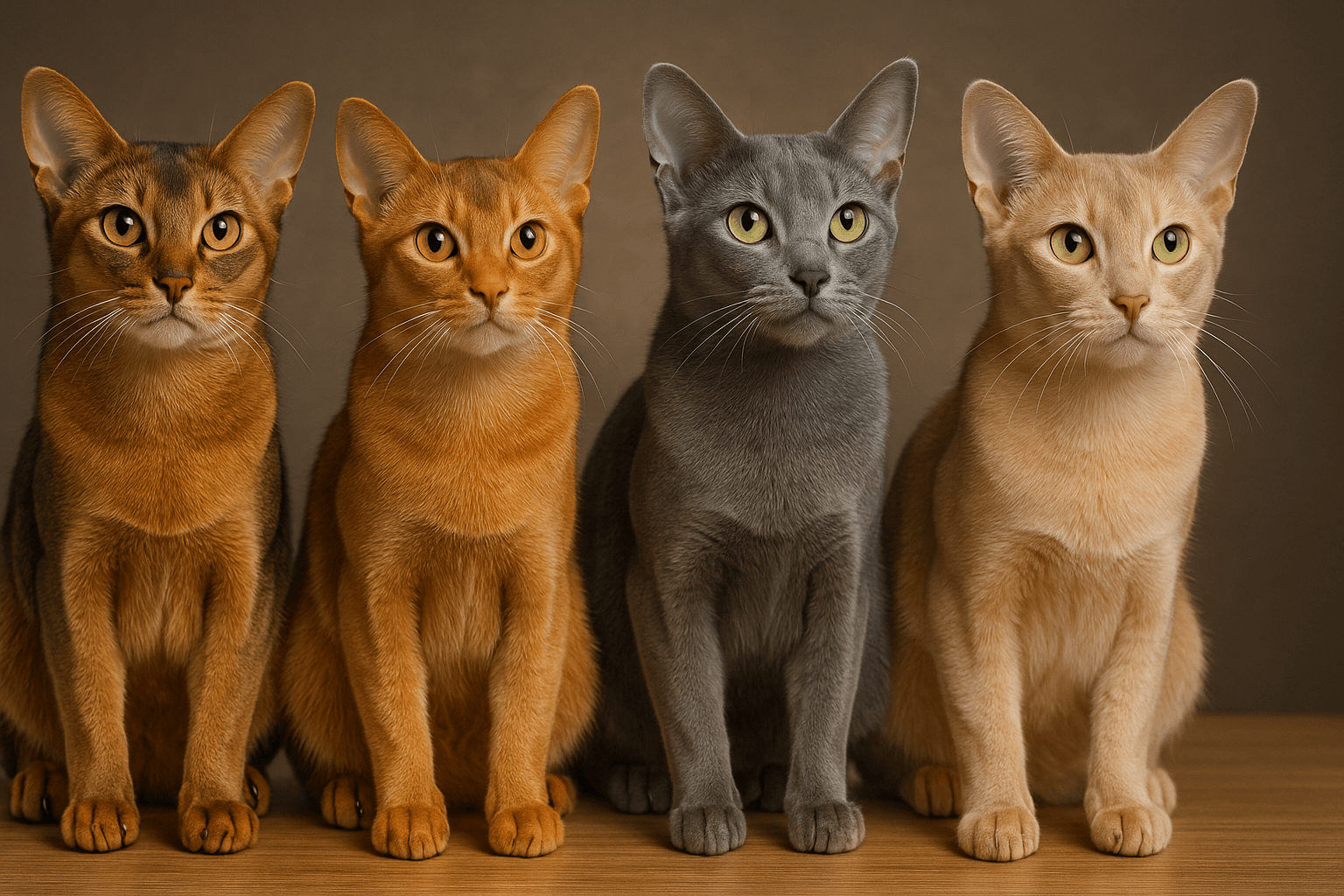Understanding Dwarf Syndrome in Cats
Dwarf syndrome in cats, also known as feline dwarfism, is a rare genetic condition that results in unusually small body size and unique physical characteristics. While some cat breeds, like the Munchkin, are selectively bred for their short legs—a trait often associated with dwarfism—true dwarfism occurs due to spontaneous genetic mutations. This condition raises questions about its causes, effects on a cat’s health, and how it impacts their quality of life. Whether you’re a cat owner or simply curious about this fascinating topic, this blog post will explore everything you need to know about dwarf syndrome in cats, from its origins to care tips for affected felines.
Expert Opinion: The Unique Appeal of Dwarf Cats
“Unlike most genetic disorders, many cat breeders covet and even encourage the presence of dwarfism. Cats with dwarfism have short, stubby legs that are widely seen as adorable. If you spend any time on the internet looking at cat videos, you’ve seen plenty of clips of stout, low-riding kitties that capture hundreds of thousands of hearts all across the world.”
What Causes Dwarf Syndrome in Cats?
Dwarf syndrome in cats is primarily caused by genetic mutations that affect bone growth and development. Understanding these causes helps clarify why some cats exhibit the characteristic traits of this condition.
Genetic Mutation:
A spontaneous mutation in the genes responsible for skeletal growth can lead to dwarfism. This mutation may occur naturally or be inherited in rare cases.Selective Breeding Practices:
Some breeders intentionally breed cats with specific traits, such as short legs, which mimic dwarfism but are not true medical conditions.Hormonal Imbalances:
Insufficient production of growth hormones during kittenhood can result in stunted growth, contributing to dwarf-like features.Environmental Factors:
Poor nutrition or exposure to toxins during pregnancy may impact fetal development, potentially leading to abnormal growth patterns.Rare Occurrence:
True dwarfism is extremely uncommon in cats, making it a subject of curiosity and concern among veterinarians and cat enthusiasts alike.
While the exact cause varies, genetic factors remain the primary driver of this condition, highlighting the importance of responsible breeding practices.

Physical Characteristics of Cats with Dwarf Syndrome
Cats with dwarf syndrome exhibit distinct physical traits that set them apart from their peers. These characteristics are often what make dwarf cats so endearing, but they also come with unique challenges.
Shortened Limbs:
One of the most noticeable features of dwarf cats is their disproportionately short legs compared to their body size.Compact Body Size:
Affected cats tend to have smaller overall body frames, giving them an adorable, toy-like appearance.Large Head Proportions:
Many dwarf cats have heads that appear larger relative to their bodies, adding to their charm.Curved Spine:
Some cats with dwarfism may develop a slightly curved spine, which can affect mobility and posture.Facial Features:
Certain dwarf cats display flattened faces or other subtle facial abnormalities, depending on the severity of the condition.
These physical traits make dwarf cats uniquely captivating, but they also require special attention to ensure their comfort and well-being.
Check this guide 👉Irritable Bowel Syndrome in Cats: Best 7 Expert Tips!
Check this guide 👉Understanding Cat Wobble Syndrome: Best 7 Expert Tips!
Check this guide 👉Manx Syndrome in Cats: Best 7 Expert Tips!
Characteristics of Dwarf Cats | Health Considerations for Dwarf Cats |
|---|---|
Shortened limbs | Potential joint pain or arthritis |
Compact body size | Increased risk of obesity |
Large head proportions | Dental issues due to jaw alignment |
Curved spine | Mobility challenges |
Unique facial features | Breathing difficulties in severe cases |
Caring for a Cat with Dwarf Syndrome
Caring for a cat with dwarf syndrome requires extra attention to their unique needs. By providing proper care, you can ensure they live a happy and healthy life despite their condition.
Regular Veterinary Check-Ups:
Schedule routine vet visits to monitor your cat’s health and address any emerging issues promptly.Balanced Diet:
Feed your cat a high-quality diet tailored to their size and activity level to prevent weight-related complications.Joint Support:
Provide soft bedding and avoid activities that strain their joints, as dwarf cats may be prone to discomfort.Safe Environment:
Create a hazard-free home by removing obstacles and ensuring furniture is easily accessible for their shorter stature.Mental Stimulation:
Engage your cat with interactive toys and activities to keep their mind sharp and reduce boredom.
With thoughtful care and attention, you can help your dwarf cat thrive and enjoy a fulfilling life.
Challenges Faced by Cats with Dwarf Syndrome
While dwarf cats are undeniably adorable, their condition can present various challenges that impact their daily lives. Understanding these challenges is crucial for providing the best possible care.
Mobility Issues:
Shortened limbs and potential spinal curvature can make movement difficult for some dwarf cats, limiting their agility.Joint Pain:
The abnormal bone structure may lead to joint problems, causing discomfort or reduced range of motion.Breathing Difficulties:
In severe cases, facial deformities can affect nasal passages, leading to respiratory issues.Socialization Challenges:
Dwarf cats may struggle to interact with other pets due to differences in size or mobility.Health Monitoring Needs:
Owners must remain vigilant about their cat’s health, as complications can arise unexpectedly.
By addressing these challenges proactively, you can minimize their impact and improve your cat’s quality of life.
Tips for Supporting Joint Health
Maintaining joint health is essential for cats with dwarf syndrome, as their unique physiology can put additional strain on their bones and ligaments. Here are some practical tips to support their mobility.
Provide Orthopedic Beds:
Soft, supportive bedding reduces pressure on joints and promotes restful sleep.Encourage Gentle Exercise:
Low-impact activities like playing with lightweight toys can strengthen muscles without overexertion.Supplement Their Diet:
Omega-3 fatty acids and glucosamine supplements may help maintain joint flexibility and reduce inflammation.Avoid High Jumps:
Restrict access to tall furniture or provide ramps to prevent injuries from falls.Monitor Weight Regularly:
Excess weight exacerbates joint stress; keep your cat lean and active to minimize strain.
By focusing on joint health, you can enhance your dwarf cat’s mobility and overall well-being.
Fun Ways to Bond with Your Dwarf Cat
Bonding with a dwarf cat strengthens your relationship and enriches their emotional health. Here are some creative ways to connect with your petite feline companion.
Interactive Toys:
Feather wands and laser pointers engage their hunting instincts while keeping playtime fun and safe.Grooming Sessions:
Brushing your cat’s fur not only keeps them clean but also fosters trust and relaxation.Puzzle Feeders:
Stimulate their mind by using puzzle feeders that challenge them to “hunt” for treats.Quiet Cuddle Time:
Spend quiet moments together, gently stroking their fur and speaking softly to build a sense of security.Custom Play Areas:
Designate a low-level play area with tunnels and cozy hiding spots tailored to their size.
These activities deepen your bond and create lasting memories with your beloved dwarf cat.
Debunking Myths About Dwarf Cats
Misconceptions about dwarf syndrome in cats abound, leading to confusion among pet owners and enthusiasts. Let’s debunk some common myths to better understand these remarkable felines.
Myth: All Short-Legged Cats Are Dwarfs:
False—breeds like the Munchkin have short legs due to selective breeding, not true dwarfism.Myth: Dwarf Cats Cannot Live Normal Lives:
False—with proper care, dwarf cats can lead fulfilling, active lives just like any other cat.Myth: Dwarfism Is Always Painful:
False—while some cats may experience discomfort, many live comfortably with minimal pain.Myth: Dwarf Cats Require Special Diets Only:
False—they benefit from balanced diets like any other cat, though portion control is key.Myth: Dwarf Cats Are Less Intelligent:
False—intelligence is unrelated to size or condition; dwarf cats are just as smart as their peers.
By dispelling these myths, we gain a clearer understanding of what it means to care for a dwarf cat responsibly.
Frequently Asked Questions About Dwarf Syndrome in Cats
Is dwarf syndrome painful for cats?
While not always painful, it can cause joint or spinal discomfort, depending on the severity of the condition.
Can dwarf cats live long lives?
With proper care, many dwarf cats can live full, healthy lives, though their lifespan may vary based on individual health factors.
Are all short-legged cats considered dwarfs?
No, some breeds like the Munchkin have short legs due to selective breeding rather than true dwarfism.
How can I tell if my cat has dwarf syndrome?
Look for signs like shortened limbs, a compact body, and potential mobility issues; consult a vet for confirmation.
Are there treatments for dwarf syndrome?
There is no cure, but supportive care, such as joint supplements and a healthy diet, can manage symptoms effectively.
Celebrating the Uniqueness of Dwarf Cats
Dwarf syndrome in cats is a rare and fascinating condition that highlights the diversity within the feline world. While it comes with its own set of challenges, caring for a dwarf cat can be a rewarding experience filled with love and companionship. By understanding their unique needs and providing attentive care, you can ensure your feline friend leads a happy, comfortable life. Whether you’re drawn to their charming appearance or inspired by their resilience, dwarf cats remind us that every creature deserves compassion and respect.
Why Is My Cats Second Eyelid Showing? Best 7 Expert Tips! Understand causes, health signs, and how to respond when your cat’s third eyelid becomes visible.
How Do I Know If My Cat Died Peacefully? Best 7 Expert Tips! Discover the quiet signs of a peaceful feline passing and find comfort in their final moments.
Cat Allergy Eyes: Best 7 Expert Tips! Discover why your eyes react to cats and learn proven strategies for relief—without giving up your feline friend.
Why Do Abyssinian Cat Colors Matter? Best 7 Expert Tips! Discover the genetics, rare hues, and care secrets behind Abyssinian coat colors for a healthier, happier cat.





